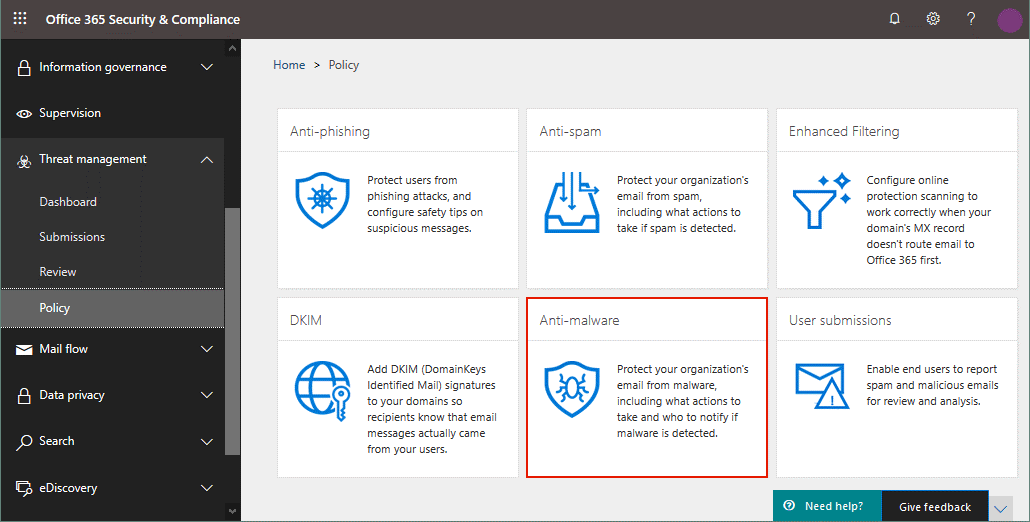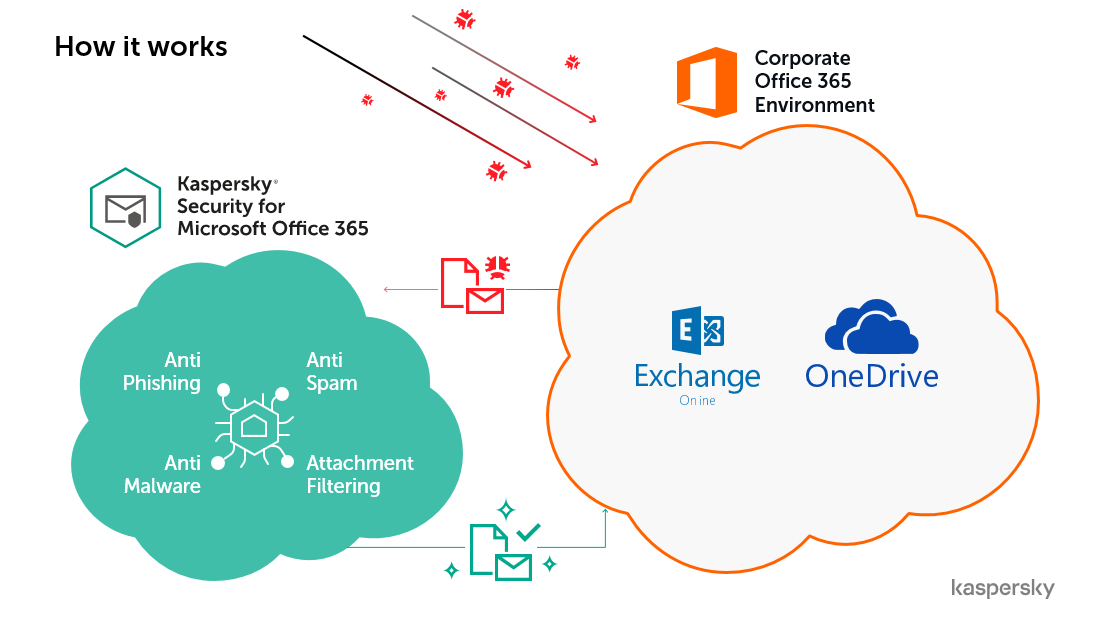
A lot of phishing attacks rely on impersonation of popular services like Amazon, Dropbox, Docusign, banks, and even Office 365. Mail flow rules can also be used to combat malicious emails. To achieve this, create a mail flow rule such as the following: Bypassing spam filtering with an Exchange Online mail flow rule The mail flow rule is configured to ensure that mail from the web server is still subject to spam filtering if it doesn’t have the specific characteristics of the sales contact form emails. So, to enhance your protection without opening yourself up to a new risk, you can use a mail flow rule instead. Furthermore, any insecurity in the web form itself could lead to abuse. It’s unlikely that the web hosting company will be able to prevent that. In effect, you’re trusting the web hosting company to prevent other customers who are also on the shared hosting server from spamming or phishing your users.

However, by using the IP allow list you are allowing all email from that web server’s IP address to bypass your spam filters. Bypassing connection filtering in Exchange Online Protection This will prevent the connection filter from blocking the email. Instead, one option to achieve this is to add the web server IP address to the IP allow list in your EOP connection filter policy. Weakening the entire organization’s protection is not a good solution.

The sales team wants to ensure that no contact form emails are filtered by Exchange Online Protection. The company website is hosted on shared hosting server, provided by a web hosting company. Consider a sales contact form running on a company website. But security is all about mitigating risks using all reasonable means at our disposal. Yes, EOP should prevent most attack scenarios for you. Sometimes you need a quick solution while you wait for EOP to start detecting a new attack. Mail flow rules are also effective against fresh, new attacks and campaigns. Tagging all email that is inbound from external senders that contains suspicious keywords.Blocking specific keywords, whether that’s to detect text in the message or even a URL that the message might contain.Allowing or blocking specific IP addresses, domain names, and email addresses.Sometimes that means creating mail flow rules to do things like: And we need to use every tool at our disposal to tailor our antispam protection to suit our organization. But even the most intelligent spam filters still miss things. That was before antispam products evolved to include more intelligent detection. And yes, it does go back to the good old days of spam fighting where a lot of spam was blocked with very simple keyword-based rules. Now, some of you might be asking, should we need to fight spam by creating mail flow rules in Exchange Online? Doesn’t that seem a bit old school? Especially when there are complex antispam algorithms running behind the scenes in Exchange Online Protection? Office 365 sent and received mail report They can also fight spam and other unwanted types of email.

Mail flow rules can provide a wide range of policy enforcement outcomes. The name “transport” is a little bit vague and wouldn’t make sense to someone who hasn’t worked with those older versions of Exchange. And calling them mail flow rules makes more sense to some people because “mail flow” is an easy concept to understand. The capabilities of the rules have improved a lot since those early days in Exchange 2007. Transport rules and mail flow rules the same thing. The Mailbox server role now provides that functionality. In the latest versions of Exchange, that role no longer exists. The name transport rules aligned with the naming of the Hub Transport server role, first introduced in Exchange 2007. The layered defences of Exchange Online Protection One of the layers of processing in Exchange Online Protection is mail flow rules. You might know these from their previous name in Exchange Server, which was transport rules.


 0 kommentar(er)
0 kommentar(er)
